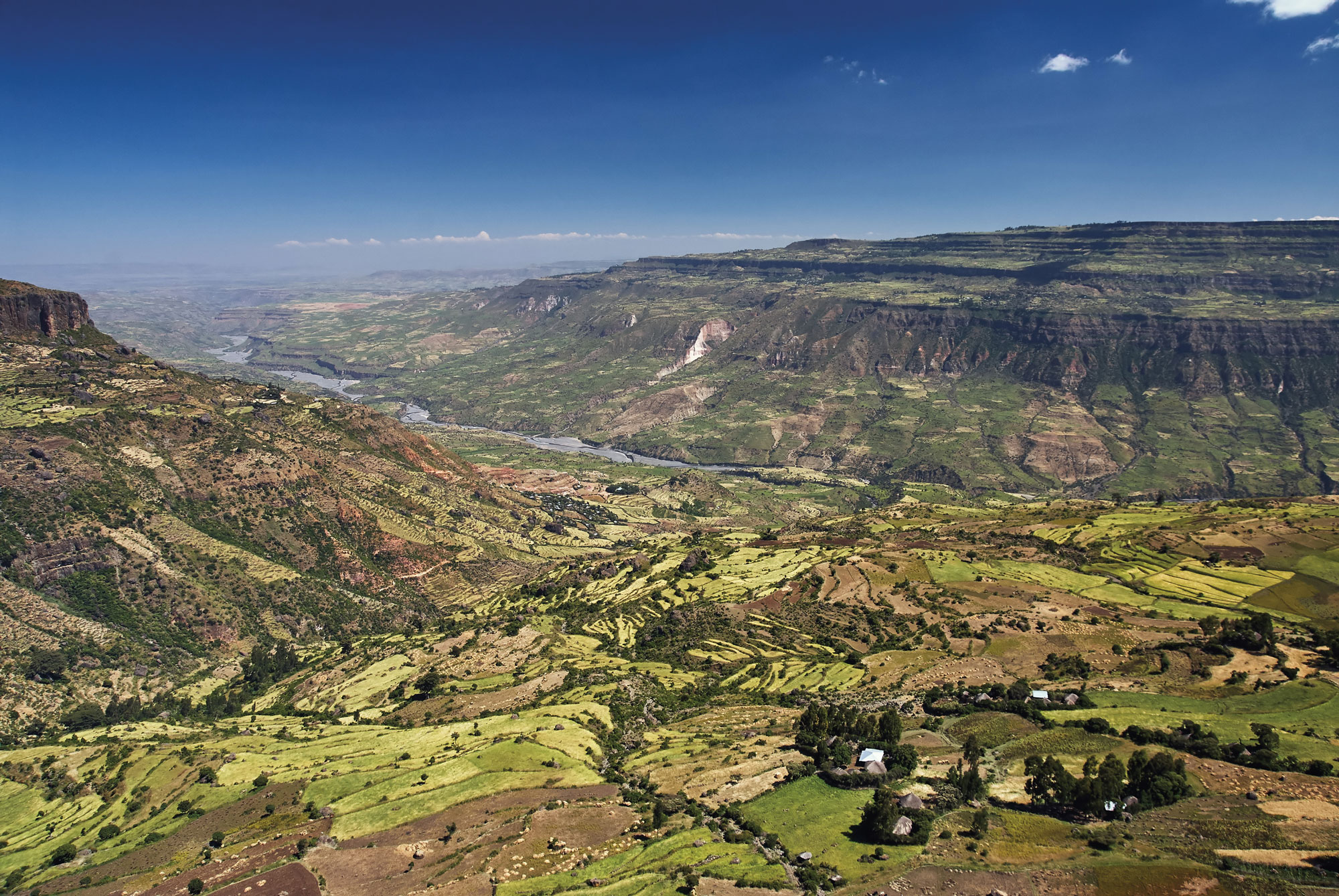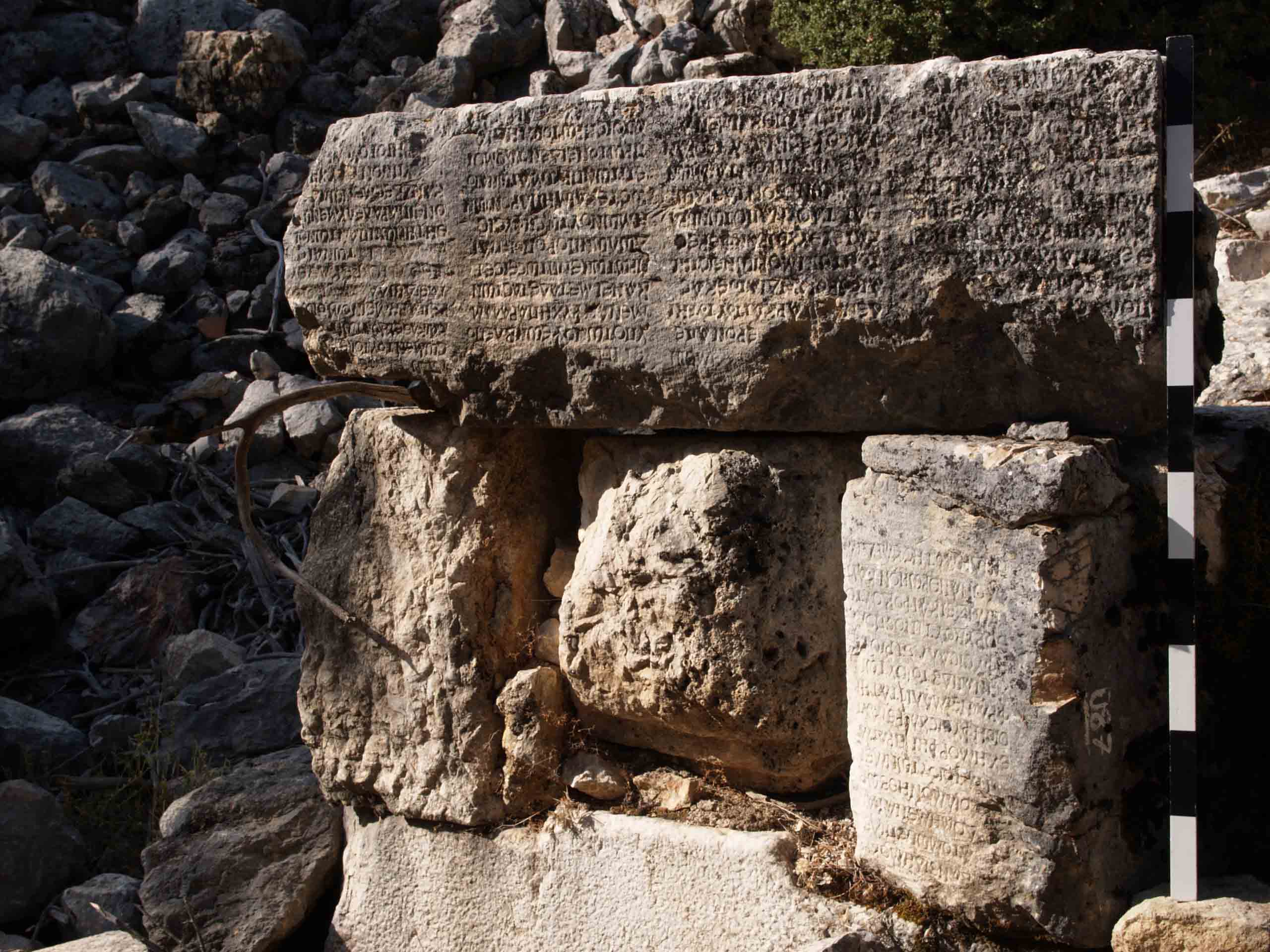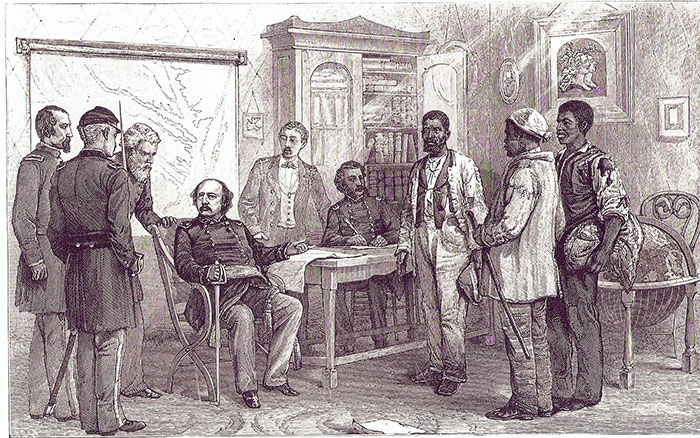
NOVOSIBIRSK, RUSSIA—A joint Russian and French team is working to date petroglyphs on the Ukok Plateau in the Altai Mountains. The images are thought to be between 8,000 and 10,000 years old, but because they were drawn on horizontal planes on a windy plateau, it is difficult to date them because sediments have been blown away. “We cannot use here the classic archaeological methods [for dating] and need to find new and innovative ways,” Lidia Zotkina of Novosibirsk State University told The Siberian Times. The team is using microscopes to look at the images and trying to determine if they were inscribed with metal or stone implements on the glacier-polished rhyolite. “Of course if we established that they used metal implements, all our theories about Paleolithic era would be disproved immediately,” Zotkina explained. The team tried to recreate the drawings, and were able to do so after they removed the crust from the rock, sketched an image on it, and then engraved it. “Sooner or later Paleolithic sites will be found and we will get more information about the people who could engrave these images,” she said. To read about another site in Siberia, go to "Fortress of Solitude."











